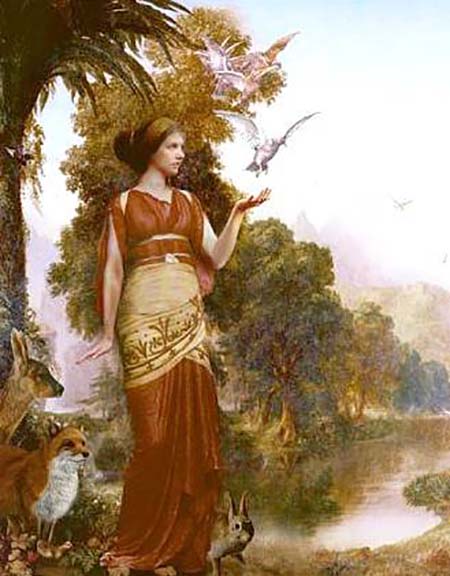In the realm of ancient Greek mythology, Demetra stands as a captivating figure embodying the essence of harvest and agriculture. This deity, often revered as the goddess of the bountiful earth, holds a significant place in the pantheon. Let’s delve into the mystique that surrounds Demetra and uncover the tales that have echoed through the ages.
Introduction Demetra, also known as Ceres in Roman mythology, commands attention as a symbol of abundance and fertility. Her name resonates with the very essence of nature’s cycles and the prosperity that flows from it. Throughout history, Demetra has inspired numerous cultural expressions, from art to literature, and her influence remains etched in various traditions.
Mythological Significance The mythological tapestry of Demetra intertwines with that of her daughter, Persephone, and the story of her abduction by Hades. This tale of separation and reunion mirrors the changing seasons—a reflection of Demetra’s power over the earth’s growth cycles. The myth serves as an allegory for the lifecycle of crops, where they lie dormant in winter and spring forth in a flourish of life during warmer months.
Cult and Worship Demetra’s influence extended beyond stories and into the lives of ancient Greeks. She was honored through festivals and ceremonies, the most notable being the Thesmophoria—a celebration exclusively for women that celebrated fertility and agriculture. The Eleusinian Mysteries, secretive rituals in her honor, promised a deeper understanding of life and death, echoing the cycles of nature.
Artistic Depictions Artists across the ages have sought to capture Demetra’s essence. Often portrayed holding sheaves of wheat and a cornucopia, her image became synonymous with abundance. From ancient sculptures to Renaissance paintings, each depiction carried a unique interpretation of her power and significance.
Modern Resonance Even in modern times, Demetra’s legacy endures. The concept of nurturing the earth to yield its treasures aligns with contemporary notions of sustainable agriculture and environmental harmony. Her image can be seen in logos of organic produce and agricultural initiatives, a testament to her timeless relevance.
Conclusion Demetra, the goddess of harvest, continues to captivate us with her symbolism of abundance, growth, and the cyclical nature of life. From the ancient past to the present, her influence permeates various aspects of culture and remains a beacon of reverence for the harmony between humankind and the earth.



















Add Comment